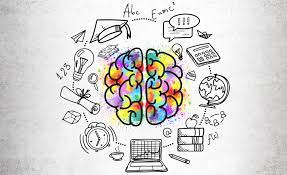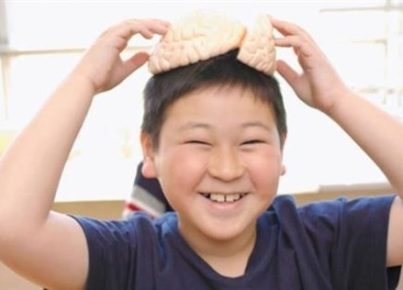Introduction
Educational neuroscience is an emerging field that combines the disciplines of education, psychology, and neuroscience to study the brain functions involved in learning. In recent years, we have made significant progress in understanding how our brains process information and store knowledge. However, it is essential to assess where we currently stand in this rapidly evolving research area and identify the challenges and opportunities that lie ahead for educators and researchers alike.
Progress in Educational Neuroscience
Thanks to powerful neuroimaging techniques such as functional magnetic resonance imaging (fMRI) and electroencephalography (EEG), researchers can now observe the brain’s activity during learning more non-invasively than ever before. This technology has allowed us to gain insights into how various factors, such as emotions, memory, attention, and social context, influence brain function during learning.
We now know that individuals have unique neural profiles that impact their capacity for learning. Neuroplasticity (the brain’s ability to adapt and change over time) also plays a vital role in academic achievement. For example, research shows that interventions aimed at developing certain cognitive skills can promote neural growth and improve performance.
Additionally, educational neuroscience has helped debunk several myths about learning styles. For many years, educators and students believed that individuals learned best through specific modalities (e.g., visual or auditory). However, findings from educational neuroscience suggest that learners benefit from a multi-sensory approach to teaching, which engages multiple brain regions responsible for different aspects of learning.
Challenges Ahead
Despite significant advancements made in educational neuroscience so far, there is still much work to be done. A crucial challenge lies in translating research findings into classroom practice. While there is growing interest in incorporating neuroscience principles into education, researchers and educators often struggle to bridge the gap between theoretical knowledge and real-world application.
Moreover, the complexity of human learning presents a formidable challenge for educational neuroscientists. There are numerous factors at play during the learning process, including genetics, environment, and individual development. Consequently, it can be difficult to draw definitive conclusions and generalize findings to the broader population.
Future Opportunities
Addressing the challenges within educational neuroscience will require continued collaboration between educators and researchers. By fostering a collaborative dialogue, we can more effectively integrate neuroscience findings into teaching practices, ultimately benefiting learners.
There is also an opportunity for increased personalization of learning. As our understanding of individual differences in brain function grows, educators can develop tailored approaches that account for unique learning strengths and weaknesses.
Moreover, the application of educational neuroscience extends beyond traditional classroom settings. Its principles can be leveraged in educational psychology, special education, and even corporate training environments to support more effective learning experiences.
Conclusion
Educational neuroscience has made significant strides in recent years, providing valuable insights into how our brains learn. While challenges remain in fully integrating these findings into classroom practice, there is a real potential to transform education as we continue unlocking the mysteries of the human brain. The future of educational neuroscience holds exciting opportunities for enhancing our understanding of human learning and improving teaching methodologies for generations to come.




